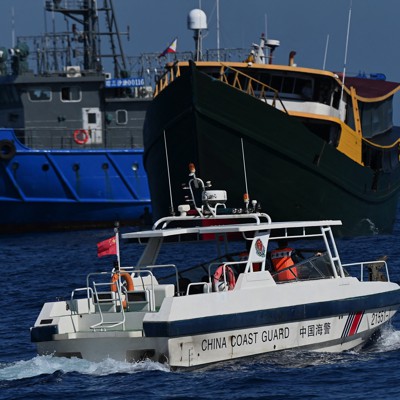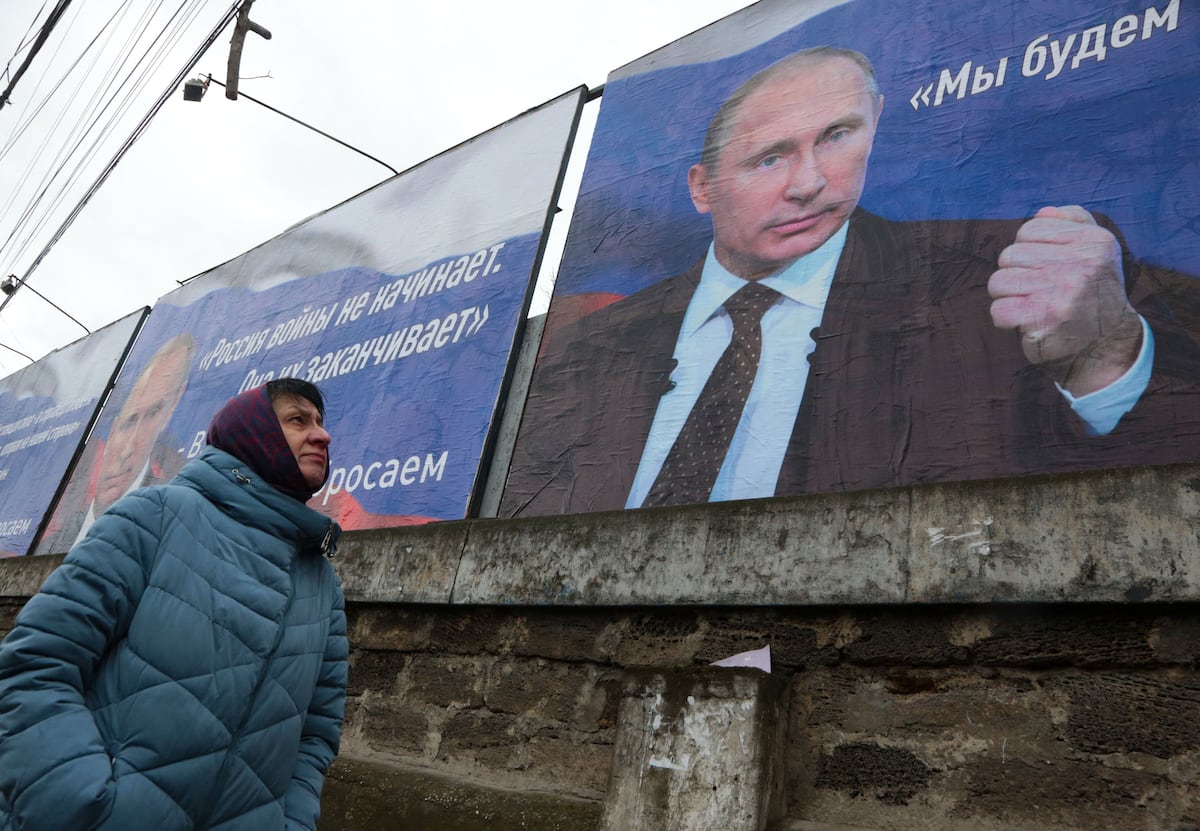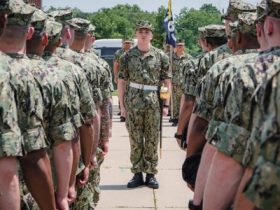Beijing’s moves in the Indo-Pacific are opening doors to the U.S. in the region, a top U.S. official in the region said, as other countries observe Chinese aggression—specifically, its moves on the Philippine coast guard in the contested South China Sea.
“For all the concerns that we have, and whether it be from the PRC, [North Korea], or Russia, we are not the only ones that share that concern, and the allies and partners around the region are seeing with incredibly clear eyes how these challenges, how these impingements on sovereignty, how these attacks in the diplomatic and information space are affecting them, and more and more doors are being opened across the region and the world, as like-minded allies and partners continue to find opportunities to do more together,” Pacific Air Forces commander Gen. Kevin Schneider told reporters Monday at the Air & Space Forces Association’s annual Air, Space & Cyber conference.
Last week, China kicked off a series of naval and air drills with Russia—spanning both hemispheres to oppose the United States and its allies’ increased military cooperation in the Indo-Pacific. While the long-term objectives of these wargames are still unknown, Schneider said China and Russia’s relationship is limited.
“In terms of the exercises between the PRC and Russia, I do see that there are potential limits to that cooperation,” Schneider said. “Politically, it is unclear to me their long-term goals and objectives, other than to counter what the United States and allies and partners are doing, but we do continue to watch and see how they work together and if they are able to combine tactics, techniques and procedures and to work more effectively as a force.”
China and Russia’s relationship is a “partnership of convenience,” rather than a “deep-seated” connection like the U.S. has with its allies, Schneider said. But he cautioned that it’s too early to know what the two countries could be learning together, and that the U.S. will comb through intelligence assessments after the exercise.
Schneider also confirmed that China’s air force may soon possess more aircraft than the U.S. Air Force, but he said that capability, including the talent of U.S. pilots, is a more important metric. U.S. officials have previously discounted the capability of China’s aircraft, including China’s H-20 stealth bomber and their most advanced fighter jet, the J-20, which is just “OK.”
“It is the capability of what the platforms can actually do, and what they can bring to the fight. I would say the bigger piece of it is—the capability of the airmen that operate the aircraft, whether it’s the pilots, or whether it’s everybody else that puts those airplanes in the air,” he said.
Read the full article here








Leave a Reply